Remember when listening to music was an event? You’d carefully lift that vinyl record from its sleeve, place it gently on the turntable, and drop the needle with the reverence of a sacred ritual. There was something magical about the whole experience – the album artwork you could actually read, the satisfying weight of the record in your hands, and yes, even those little pops and crackles that somehow made everything feel more real and alive.
1. “Bohemian Rhapsody” by Queen (1975)
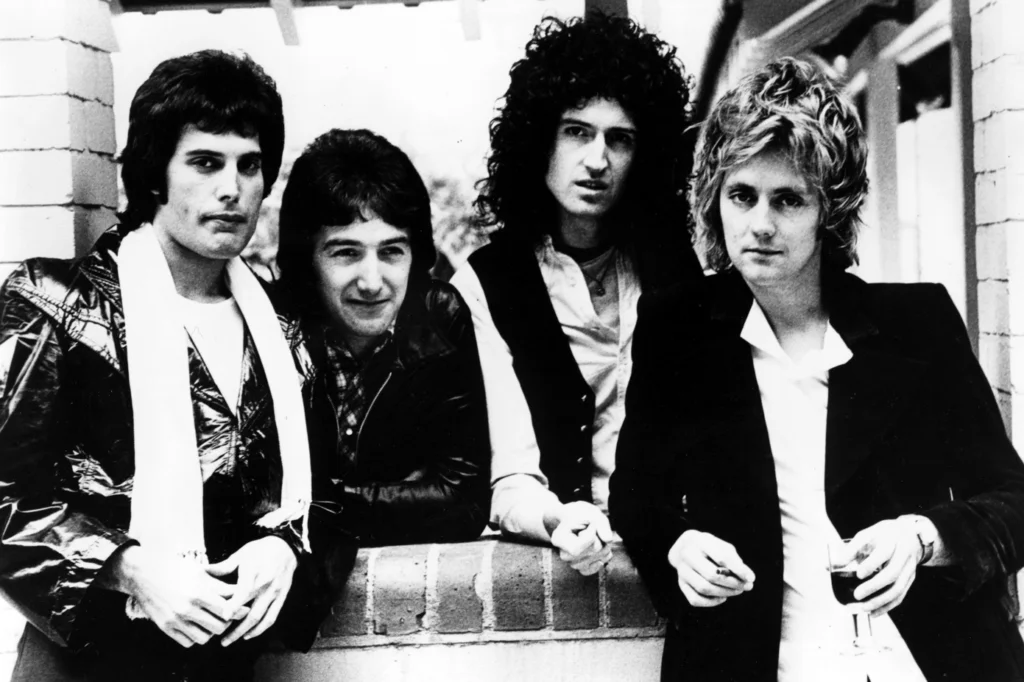
Queen’s masterpiece was clearly crafted for the vinyl experience, where its operatic complexity could unfold without interruption or distraction. The song’s dramatic shifts from ballad to opera to hard rock felt like a theatrical performance when you were sitting with the album, following along with the elaborate lyrics printed on the sleeve. Mercury’s vocal gymnastics and the band’s intricate harmonies demanded the kind of focused listening that vinyl naturally encouraged. WBUR lays out all the ways that this particular song was such a revolutionary track in terms of sound, presentation, and more.
Streaming has reduced this epic to something people know mainly from movies and commercials, missing the context of the full album experience. The song was meant to be a journey, not a quick hit, and it loses some of its power when it’s divorced from the ritual of playing the record. Without the commitment that vinyl required, many listeners never fully appreciate the craftsmanship and ambition that went into creating this rock opera.
2. “Jessica” by The Allman Brothers Band (1973)
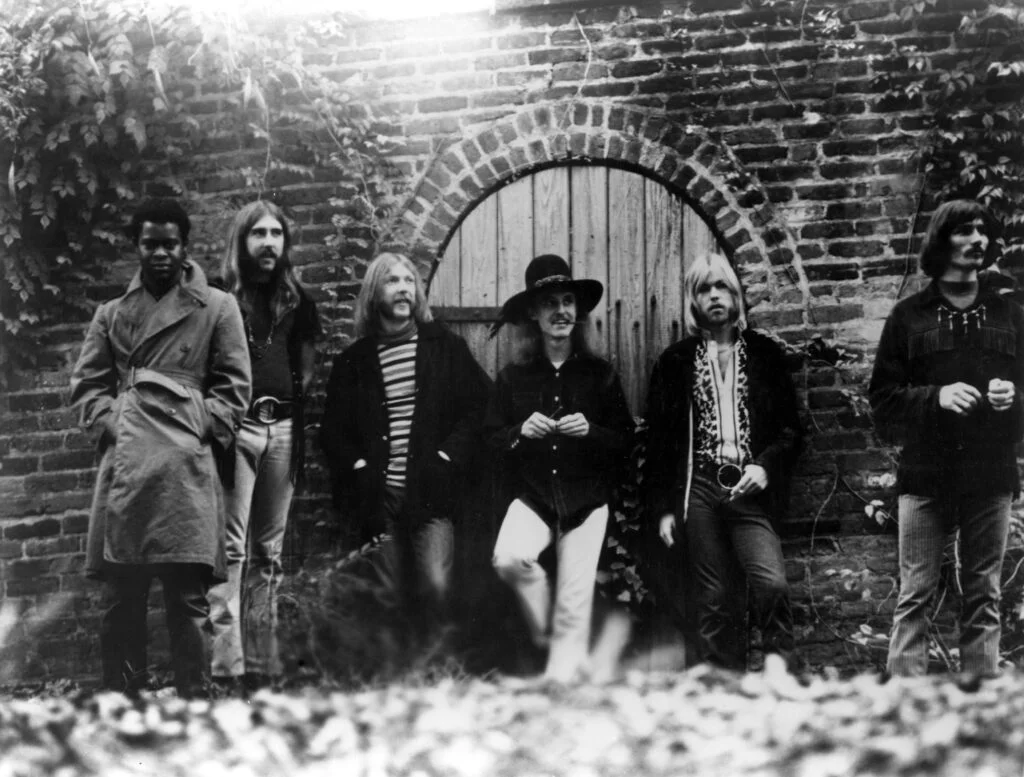
This instrumental showcase was pure vinyl magic – you’d drop the needle and let Dickey Betts’ guitar work transport you to somewhere warm and Southern. The song’s laid-back groove was perfect for lazy Sunday afternoons with the record player spinning, creating a soundtrack for daydreaming or just letting your mind wander. The interplay between the twin guitars felt more intimate on vinyl, where you could hear every nuance of their musical conversation. Today, The Denver Folklore Center celebrates this band as a symbol of unbridled creativity and liberation.
Streaming has turned “Jessica” into background music, robbing it of the focused attention it deserves. The song was meant to be experienced, not just heard – its subtle dynamics and intricate guitar work require the kind of listening that vinyl naturally encouraged. Without that concentrated focus, the song becomes pleasant wallpaper rather than the musical journey it was crafted to be.
3. “Free Bird” by Lynyrd Skynyrd (1973)
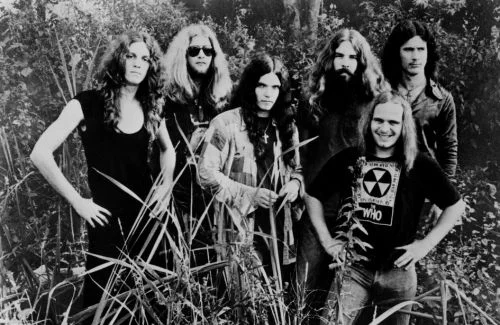
“Free Bird” was the ultimate vinyl experience – you’d flip to Side B, drop the needle, and surrender to that legendary guitar solo that seemed to go on forever. The song’s structure was perfect for vinyl listening: the gentle, romantic opening that lulled you into a false sense of security before the guitars kicked in and took you on a wild ride. You could actually feel the music building through your speakers, and by the time those three guitars were dueling, you were completely lost in the moment. Yahoo reveals that the origins of this song are rooted in profound emotions and human connections.
The streaming experience just can’t replicate that sense of anticipation and release that came with the vinyl version. Back then, you knew you were in for something special when “Free Bird” came on – it wasn’t background music, it was an event that demanded your full attention. Now it’s just another song that people might skip before the good part even starts, missing the emotional journey that made it a classic.
4. “Stairway to Heaven” by Led Zeppelin (1971)
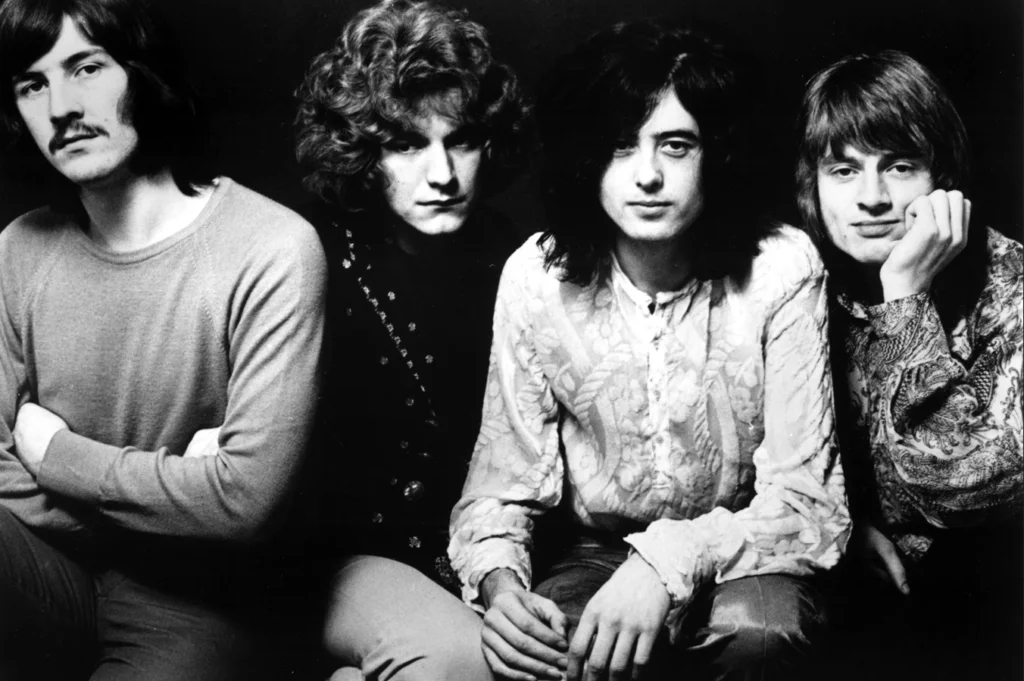
This eight-minute epic was practically designed for the vinyl experience, where you’d sit through the entire journey from whispered beginning to thunderous finale without the temptation to skip ahead. The song’s gradual build felt like a spiritual awakening when you were committed to the full experience, letting Plant’s vocals and Page’s guitar work wash over you in your dimly lit bedroom. On streaming platforms, it’s too easy to jump around or get distracted by notifications, robbing the song of its hypnotic power to transport you completely.
The vinyl ritual meant you were investing time and attention, creating the perfect conditions for “Stairway” to work its magic. You’d often find yourself reading the cryptic lyrics printed on the inner sleeve, trying to decode their meaning while the music played. Now, with the song instantly available at any moment, it’s lost some of that special occasion feeling that made it feel like a religious experience rather than just another track in your playlist.
5. “Layla” by Derek and the Dominos (1970)
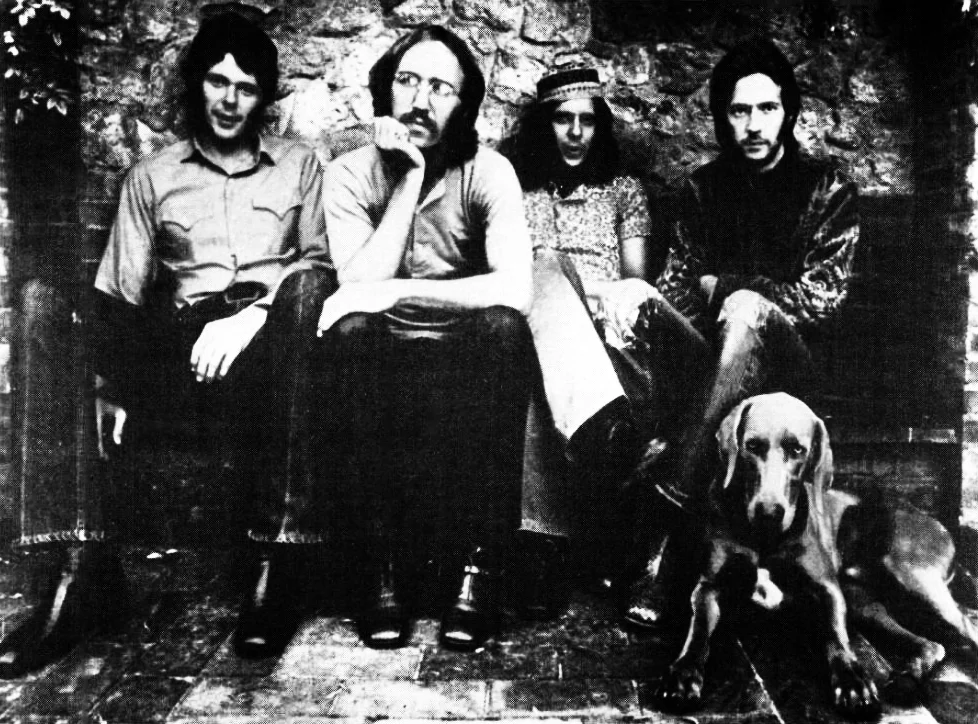
The original seven-minute version of “Layla” was a perfect vinyl experience, starting with that iconic guitar riff that grabbed you immediately and then taking you on an emotional roller coaster. Clapton’s passionate vocals about unrequited love felt more intense when you were committed to listening to the entire song, including the beautiful piano outro that many people forget exists. The vinyl format gave the song room to breathe and develop, letting each section have its moment.
Today’s streaming culture has shortened attention spans to the point where many people only know the radio edit or bail out before the gorgeous instrumental coda that closes the song. The vinyl experience meant living with the song’s emotional peaks and valleys, feeling Clapton’s heartbreak in a way that requires time and patience. The streaming version often gets reduced to that famous opening riff, missing the complete emotional journey that made it so powerful.
6. “In-A-Gadda-Da-Vida” by Iron Butterfly (1968)
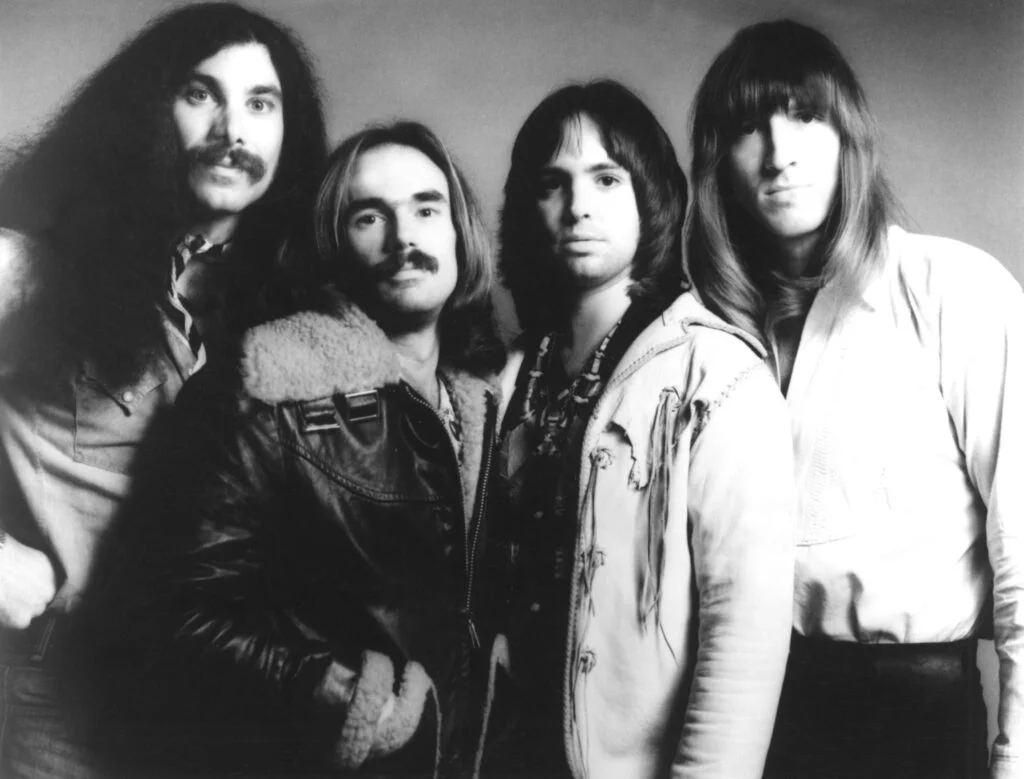
This 17-minute psychedelic marathon was the ultimate test of vinyl commitment – you’d put on Side B and let the band take you on a journey through dimensions unknown. The song’s extended instrumental sections and hypnotic rhythms were perfect for the vinyl experience, where you could lose yourself in the music without any distractions. It was less about individual songs and more about creating an atmosphere, a mindset that required the full investment that vinyl listening provided.
Streaming has made this epic feel like a relic from another era, something people might sample but rarely experience in full. The song was designed for a time when listening to music was an activity in itself, not background noise for multitasking. Without the vinyl commitment, “In-A-Gadda-Da-Vida” loses its meditative quality and becomes just a curiosity rather than the transcendent experience it was meant to be.
7. “Light My Fire” by The Doors (1967)
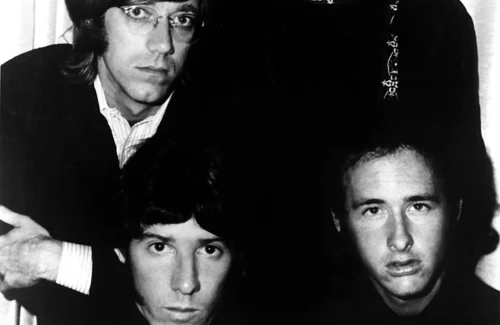
The full album version of “Light My Fire” clocked in at over seven minutes, giving Krieger and Manzarek space for their extended solos that turned the song into a jazz-rock exploration. On vinyl, you’d settle in for the ride, letting the music build and breathe while Morrison’s sultry vocals painted pictures of passion and rebellion. The longer format allowed the song to develop into something hypnotic and dangerous, perfectly capturing the spirit of the late ’60s.
Streaming typically serves up the radio edit, which cuts out the instrumental sections that made the song so special on vinyl. The edited version loses the sense of musical conversation between the instruments, the give-and-take that made each listen feel like a live performance. Without those extended passages, the song becomes just another rock hit rather than the psychedelic journey it was meant to be.
8. “American Pie” by Don McLean (1971)
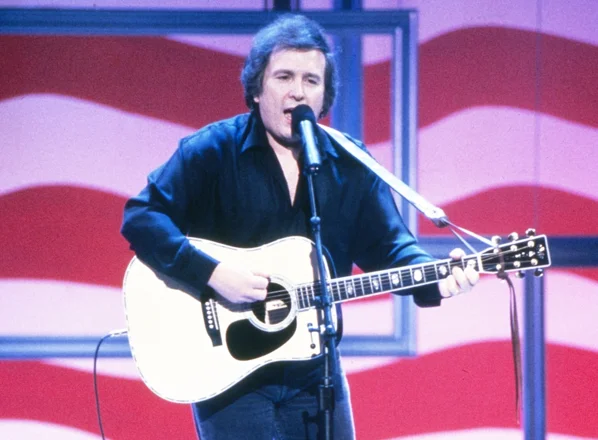
At over eight minutes long, “American Pie” demanded your patience and rewarded your commitment when played on vinyl. The song’s storytelling structure was perfect for the analog experience – you’d settle in with the record spinning and let McLean walk you through his musical history lesson about “the day the music died.” The song felt like a campfire story, intimate and immersive, especially when you could study the album cover and liner notes while listening.
Streaming has turned this epic ballad into something people often skip through, missing the careful pacing and emotional buildup that made it so powerful. The vinyl version forced you to experience the full narrative arc, from the mysterious opening verse to the melancholy finale. Without that commitment, the song becomes just another long track rather than the cultural touchstone it was meant to be.
9. “Green-Eyed Lady” by Sugarloaf (1970)
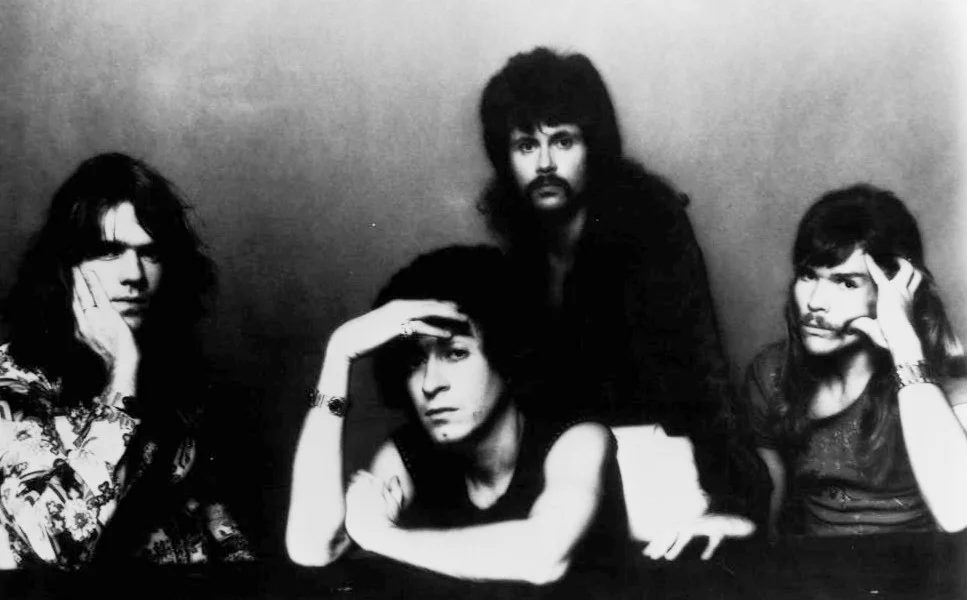
This sultry slow-burner was perfect for the vinyl experience, where its seductive rhythm could work its magic without interruption. The song’s hypnotic groove and mysterious lyrics about a captivating woman created an atmosphere that was enhanced by the ritual of playing the record. Jerry Corbetta’s organ work and the band’s tight rhythm section built a mood that was perfect for dimly lit rooms and intimate moments.
Streaming has reduced this atmospheric gem to just another oldies track, missing the sensual energy that made it so effective on vinyl. The song’s power came from its ability to create a mood, something that required the uninterrupted flow that only vinyl could provide. Without that immersive quality, “Green-Eyed Lady” loses much of its seductive appeal and becomes just another forgotten hit from the early ’70s.
10. “Roundabout” by Yes (1971)
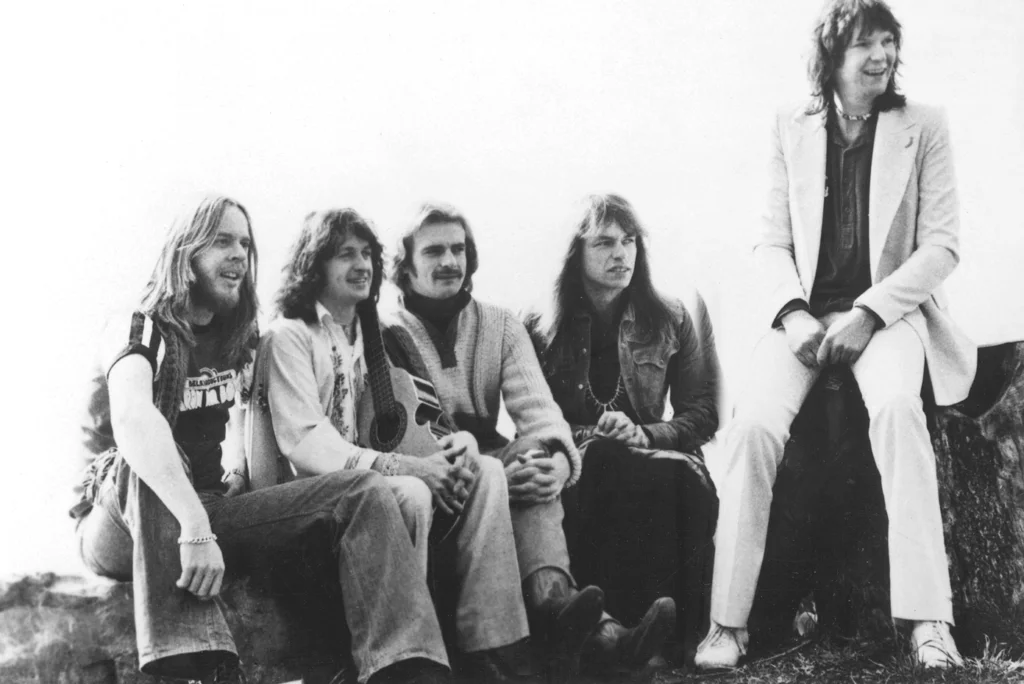
Yes crafted “Roundabout” as a complex musical journey that was perfect for the vinyl experience, where progressive rock fans would study every intricate passage and time signature change. The song’s ambitious structure and virtuosic performances demanded the kind of focused listening that vinyl encouraged, letting you appreciate the technical mastery while getting lost in the music. Steve Howe’s guitar work and Chris Squire’s bass lines revealed new details with each listen when you were committed to the full experience.
Streaming culture has little patience for progressive rock’s complexity, often reducing “Roundabout” to that distinctive opening bass line that people recognize from memes. The song’s sophisticated arrangements and dynamic shifts lose their impact when heard casually or in fragments. Without the vinyl commitment to experiencing the entire musical journey, listeners miss the craftsmanship that made Yes pioneers of progressive rock.
11. “Black Magic Woman” by Santana (1970)
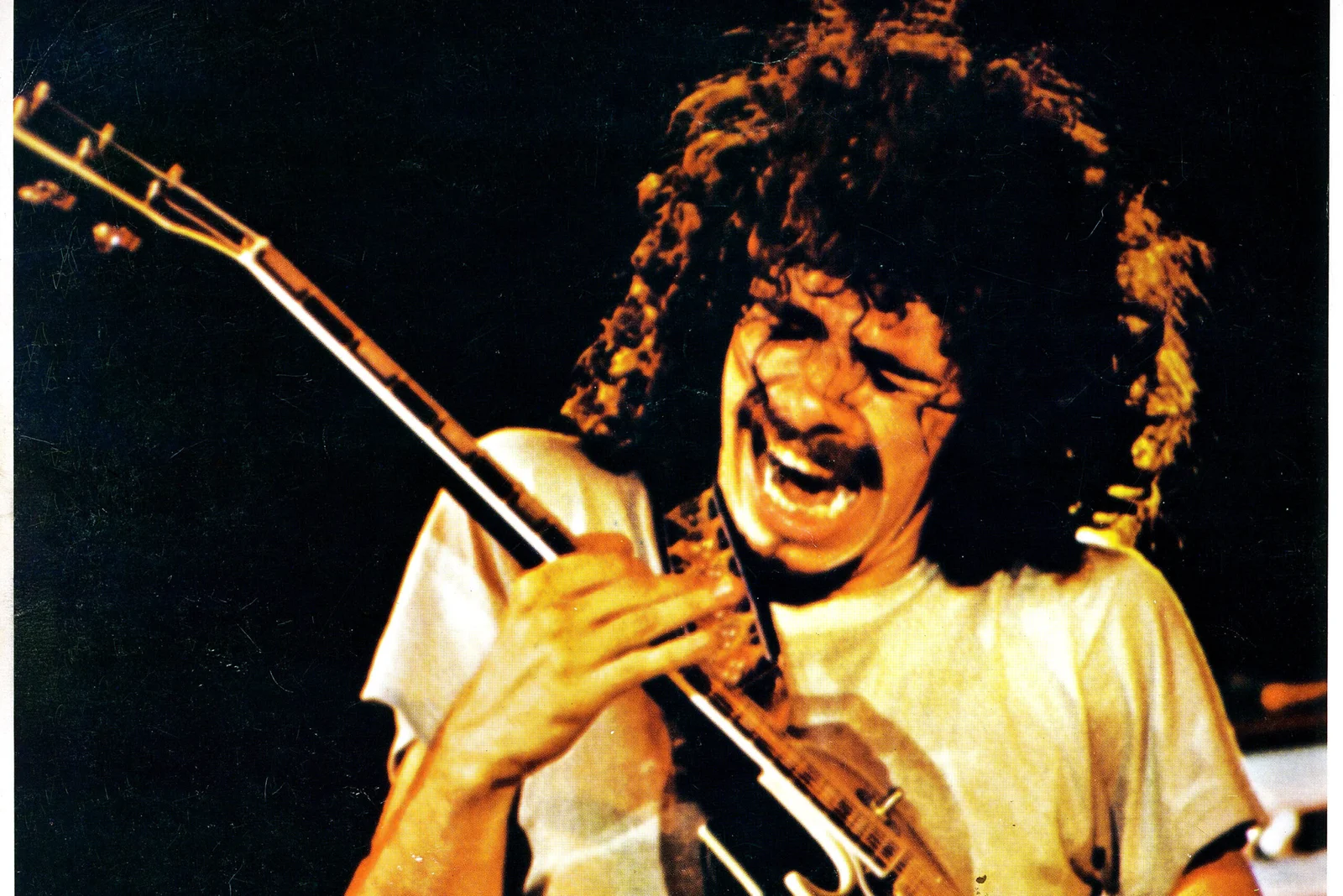
Santana’s version of this Fleetwood Mac cover was pure vinyl seduction, with Carlos Santana’s guitar tone so warm and expressive you could almost feel the heat coming through your speakers. The song’s Latin rhythm and mystical lyrics created an exotic atmosphere that was enhanced by the tactile experience of vinyl – you could study the album artwork while the music transported you somewhere far away. The interplay between Santana’s guitar and the percussion section felt more immediate and intimate on vinyl.
Streaming has made this classic feel ordinary, just another track in an endless playlist rather than the magical experience it was on vinyl. The song’s power came from its ability to create a mood and transport listeners, something that required the uninterrupted focus that vinyl naturally provided. Without that immersive quality, “Black Magic Woman” becomes just another guitar showcase rather than the enchanting journey it was meant to be.
12. “More Than a Feeling” by Boston (1976)
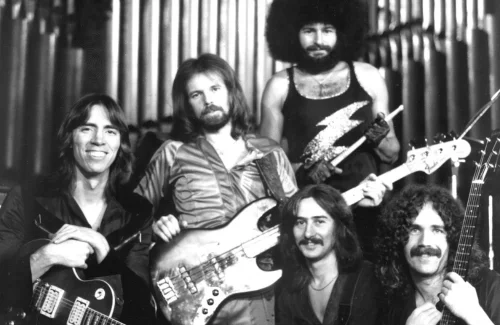
Boston’s debut single was engineered to perfection for the vinyl experience, where Tom Scholz’s layered guitars and harmonies could showcase their full impact through quality speakers. The song’s dreamy verses about nostalgia and lost love felt more poignant when you were sitting with the album, perhaps thinking about your own past while the music played. The contrast between the gentle verses and powerful chorus was more dramatic on vinyl, where you could feel the emotional shift in your chest.
Streaming has compressed much of the song’s dynamic range, flattening out the careful balance that made it so effective on vinyl. The song was crafted in an era when artists knew their work would be heard on quality home stereo systems, not phone speakers or earbuds. Without that sonic depth and the contemplative mood that vinyl listening encouraged, “More Than a Feeling” becomes just another power ballad rather than the emotional time machine it was designed to be.
Those were the days when music demanded something from us – time, attention, and a willingness to let an album play from start to finish. The songs on this list weren’t just tracks; they were experiences that required the ritual and commitment that only vinyl could provide. While we’ve gained convenience with streaming, we’ve lost something precious: the art of truly listening, of letting music transport us completely to another time and place.


